The Homegrown National Park movement calls on individuals to restore native habitats one yard at a time
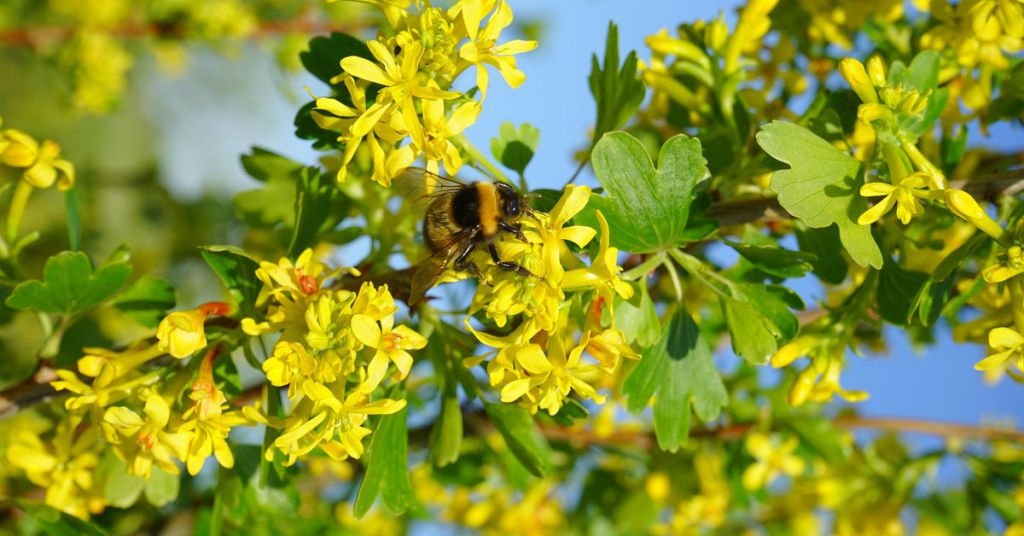
Bloom burg: Native plants in your garden can keep native species flourishing. Photo by Hans Braxmeier/Pixabay
By Sue Kusch. July 1, 2021. In 1987, E.O. Wilson called for the conservation of “the little things that run the earth.”
The famed ecologist and author reminded us that while we need invertebrates, they don’t need us. If they were to disappear from the planet, the human species would have only months left on the earth.
More than three decades later, daily reports of environmental degradation, ecosystem destruction and disappearance of “the little things that run the earth” have become overwhelming and can cause a deep sense of helplessness.
What can one individual possibly do?
Plenty, according to Dr. Doug Tallamy, a University of Delaware professor of entomology and wildlife ecology. And you don’t even have to leave your home to contribute.
[perfectpullquote align=”full” bordertop=”false” cite=”” link=”” color=”” class=”” size=””]Native plants require no pesticides or fertilizers and need little watering once established.[/perfectpullquote]
We can start by joining a collective movement called the Homegrown National Park, which focuses on restoring biodiversity by introducing native plants to home gardens.
The term “native” is typically applied to plants that have developed within an ecosystem or region for hundreds or thousands of years—in North America that means prior to European colonization.
MORE: How non-native plants fuel wildfires, degrade ecosystems
But Tallamy offers a more specific and now critically important use of the term: in the context of the modern crisis “native” describes a plant’s function and role within an ecological system. How many specialized relationships with other species does it have? How has it adapted over the years to climate, soil, diseases and predators?
The Homegrown National Park call-to-action starts with three strategies to create landscapes that support native fauna.
1. Rip out the lawn
Across the United States, turf grass has replaced 40 million acres of diverse native plant communities.
And we’re adding 500 square miles each year.
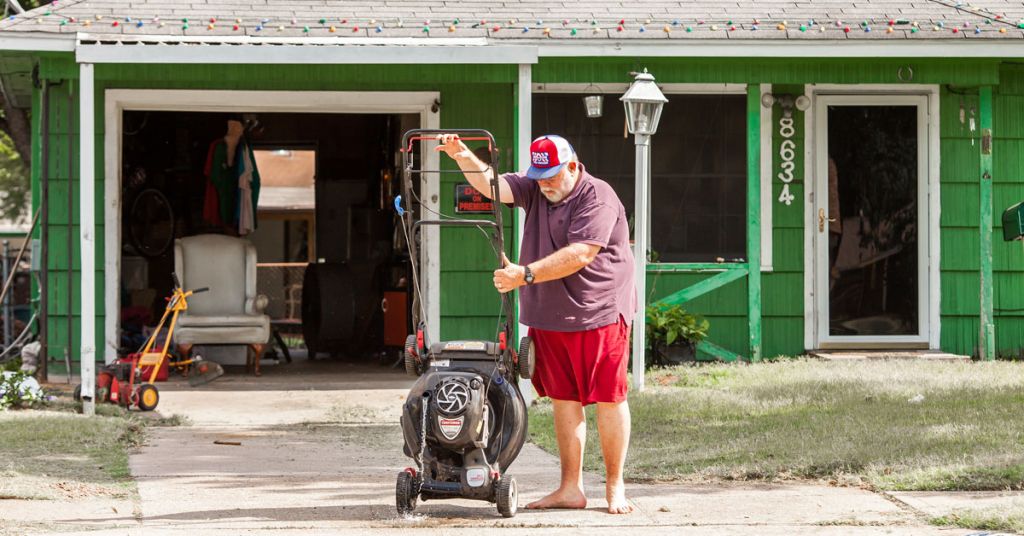
Big waste: Lawn care is increasingly seen as a pointless exercise. Photo by Thomas Hawk/CC
Tallamy describes the American lawn as an ecological wasteland, offering little food and shelter for insects, birds and butterflies.
The impacts of our lawn obsession are staggering.
- Irrigation for U.S. landscapes, which consists of mostly non-native turf grass and ornamental plants, consumes 8 billion gallons of water daily.
- U.S. homeowners use the same amount of fertilizer on their lawns as the nation’s industrial agriculture operations.
- Almost half the chemicals promoted by the American lawn-care industry are banned in other countries because they’re rated as carcinogens.
- Pesticides and fertilizers can seep into private and public wells.
- The production of synthetic pesticides and fertilizers and use of gasoline-powered lawn-care equipment produces a large amount of greenhouse gases.
2. Stop using pesticides and herbicides
While the collapse of honeybees and rapid decline of Monarch butterfly populations make headlines, they represent only two of many species struggling with toxic landscapes throughout North America.
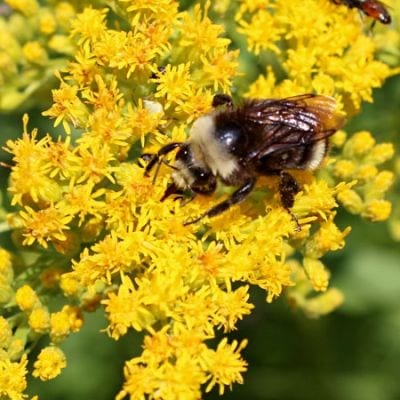
Hot rod: A late-season bloomer, goldenrod provides nectar for bees, butterflies and attracts beneficial insects. Photo by Sue Kusch
Pesticides aren’t selective—in addition to killing pests, they can be toxic to insect pollinators, reptiles, amphibians, birds and aquatic organisms.
Recent research indicates species exposed to synthetic pesticides are experiencing significant population declines.
Humans are also affected by pesticides. Thirty common pesticides used on landscapes are linked to a variety of cancers, organ damage, birth defects, reproductive effects, neurotoxicity and endocrine disruption.
In 2020, researchers concluded 44% of farmers, farmworkers and pesticide applicators experience at least one acute pesticide poisoning each year and 11,000 die annually from accidental poisoning.
MORE: Monarchs are disappearing. A native plant holds the key to their recovery
Scott Hoffman Black, executive director of the Portland-based Xerces Society for Invertebrate Conservation, is blunt about the fact that more must be done to restore native habitat.
“Pesticides—especially insecticides—have to be addressed if we are going to solve this problem,” he says. “We use more pesticides now than ever on this planet and they are found almost everywhere. Some USGS research shows more pesticide residue in towns and cities than in agricultural areas.”
3. Restore native ecosystems by planting native plants
Though 14% of U.S. land is protected, our national effort to preserve native landscapes through parks and wilderness designations isn’t enough to support native wildlife. Over 80% of U.S. land is in private ownership, much of it in industrial agriculture and home landscapes.
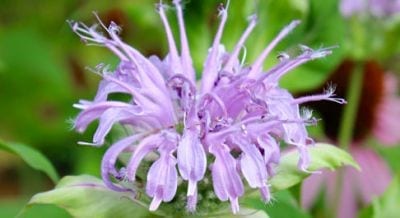
Native wisdom: As suggested by its name, beebalm attracts native bees, butterflies and hummingbirds. Photo by Sue Kusch
Tallamy believes that by creating native ecosystems in our yards we can build diverse biological corridors that support native wildlife.
Most of our home landscape plants come from other continents. Native insects, butterflies, moths and birds overwhelmingly prefer native plants.
Plant choices matter to wildlife because not all food is equal.
[perfectpullquote align=”full” bordertop=”false” cite=”” link=”” color=”” class=”” size=””]Many native plants that provide resources for all the life in your garden.[/perfectpullquote]
Research on the nutrition of berries—a critical food source for adult birds—of both native and non-native shrubs shows native North American shrubs produce summer berries high in sugars and autumn berries high in fats. Most of the introduced Eurasian plants produce fall berries containing little fat.
Food choice for newly hatched birds is even more important. Caterpillars, the larvae of moths and butterflies, are the preferred baby bird food—soft, packed with protein and fats, and easy to digest, caterpillars are easy to transport and feed to nestlings.
Adding native plants to our yards is key to increasing biodiversity. The good news is gardeners don’t have to go 100% native—mixing native and non-native plants serves the same goal.
For home gardeners, there are several advantages to growing native plants: they require no pesticides and fertilizers, need little watering once established and, when the right plant is planted in the right place, require minimal pruning.
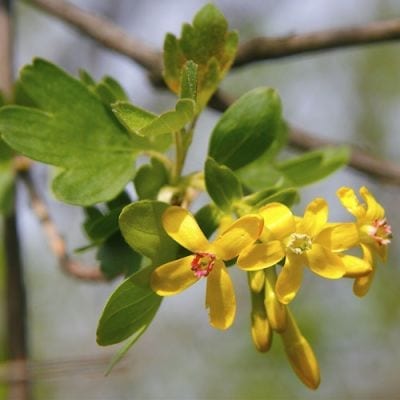
Bee keeper: Golden currant. Photo by Dan Mullen/CC
Drew Merritt, co-owner of Humble Roots Nursery in Mosier, Oregon, describes how one native species supports wildlife in a garden.
“Gold currant (Ribes aureum) flowers in spring, typically in the beginning of April, providing a source of nectar and pollen for newly emerging queen bumblebees and other insects,” he says. Gold currant is also a favorite of hummingbirds.
MORE: Invasive plant species are decimating Oregon’s rangeland
When ripe in July, the berries are delicious—if you can get to them before the birds do.
“Cedar Waxwings and Grosbeaks are usually the first to find them,” Merritt says. “The dense branching habit provides exceptional cover for birds.”
Golden currant is a hardy, drought tolerant mid-sized shrub that loves hot, sunny places. It’s one of the many native plants that provide resources for all the life in your garden.
Half measure OK
“I would rate (preserving biodiversity) right up there with climate change,” says Tallamy. “An intolerably hot and erratic climate will destroy the species that run the ecosystems we depend on, but so will the wanton destruction of those ecosystems and their species by humans who think that healthy natural systems are optional.”
E.O. Wilson has created the Half-Earth Project to conserve half the planet’s land and sea to safeguard the bulk of biodiversity—including humanity.
Why half? Wilson explains here.
“Unless humanity learns a great deal more about global biodiversity and moves quickly to protect it,” Wilson warns, “we will soon lose most of the species composing life on Earth.”
Sue Kusch is a freelance writer, grower of vegetables, fruits, herbs and native plants. She currently serves as Chair of the Suksdorfia Chapter of the Washington Native Plant Society.



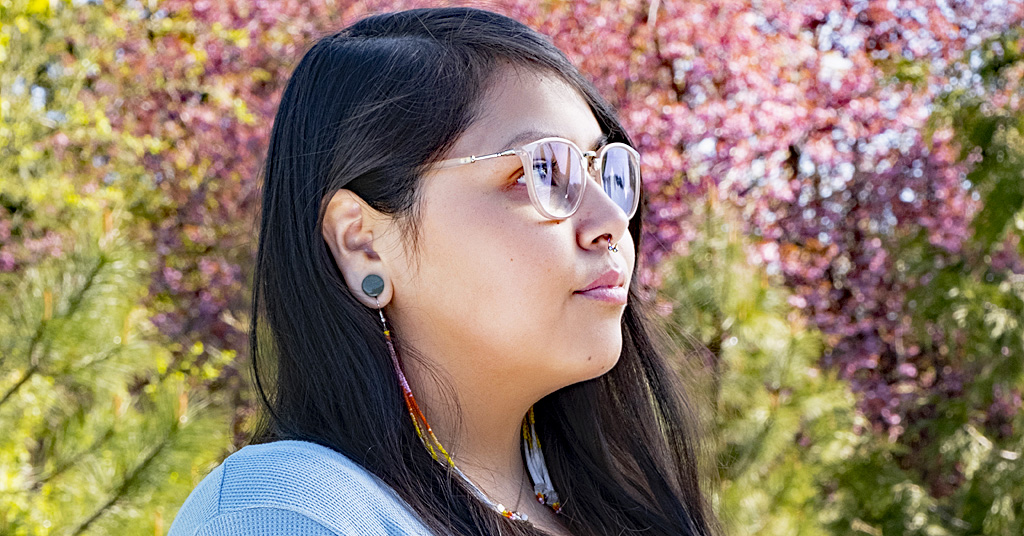
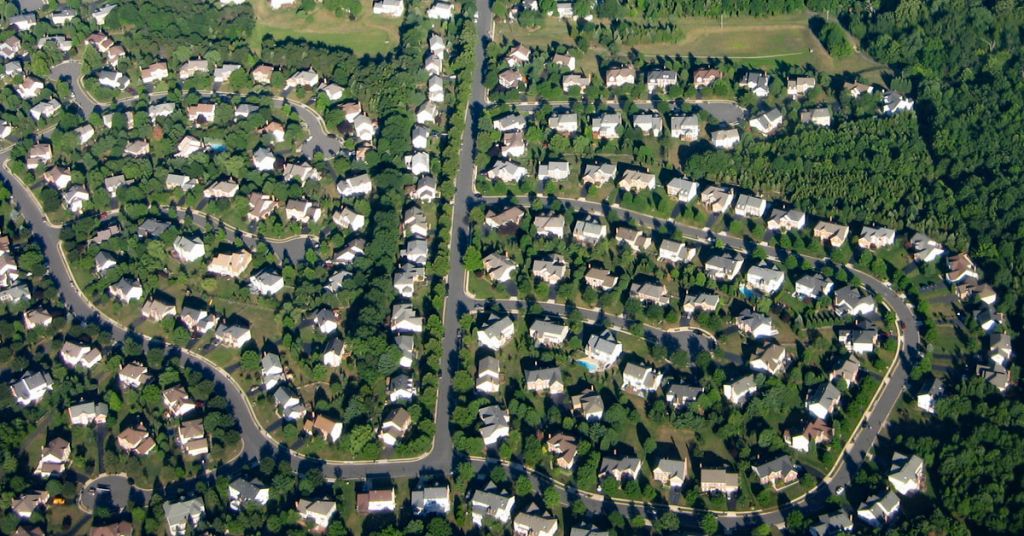
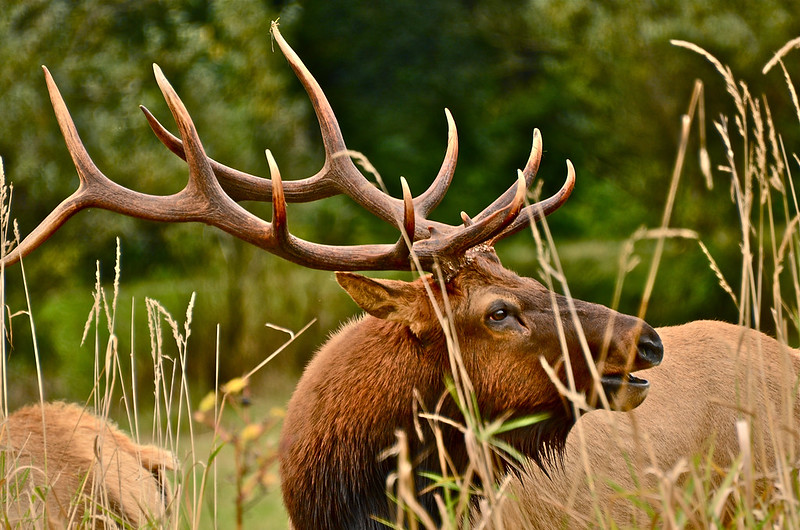




For those of you who live west of the Cascades, check out my website and book, which offers inspiration and instruction on creating lively, sustainable and wildlife-supportive landscapes that belong in their setting and reflect the natural world. http://www.realgardensgrownatives.com
Eileen – I love your book and even though I am on the east side of Cascades, I have utilized several of your suggestions. I highly recommend this book!
Dear Sue K,
Thanks for this thoughtful article. When deer are munching on my mowed field of weeds I use the binoculars to see what they’re eating. They’re not eating grasses. They’re after the dandelions, plantain, clover, etc. (which I also eat!). I pay attention to what “weeds” the pollinators like when they flower, too. They seem to like plants with tiny, tiny, unnoticeable flowers as much as showy ones like Queen Ann’s lace or chicory. So much activity on this ground, I feel guilty when I have to mow, so I often just do paths and perimeters (e.g. a 4-ft. mowed perimeter around the garden, or a path down to the pond), and leave the rest wild.
Here’s a follow-up article suggestion for you along with some questions such an article might answer.
“Rip out the lawn.” is a pretty daunting and expensive thing to do, unless one has only a tiny square footage. Readers might appreciate learning ways to *transition* a lawn to more eco friendly space. Less of a project might be easier to take on and have a better chance of getting accomplished.
What happens if one simply stops watering/mowing? The grass root system is already doing a great job of preserving the soil horizon, and hosting a huge variety of microorganisms (assuming chemical poisons aren’t being used).
Perhaps one could start with reducing just the lawn perimeter, creating space for edge habitat or native plants. Or maybe creating small islands plantings in the existing lawn? Are there any native seeds one might spread over the lawn that would compete with the grass and gain a foothold (like dandelions do)? Or dig out a few small diameter (1 foot) pieces of sod and inoculate?
It is worth mentioning, for those who live in wildfire country, that whatever is planted near structures needs a low profile, or could be mowed when it’s dry and fire danger is high.
Removing lawns can be handled in many ways. My lawn is one of mostly weeds and this year I have installed the beginning of a mostly native plant hedgerow using a variety of PNW berry bushes, medicinal herbs, and a couple of small non-native fruit trees. I bought my seedlings from the annual Underwood Conservation district. Each year I intend to add another strip of native plants that bear fruit, gradually minimizing my weedy lawn. Another approach is to install small raised beds and plant either native plants or edible crops and herbs.
There are alternative eco-lawns but my article is focused on supporting wildlife and my research indicates that a diversity of plants including trees, shrubs, forbs, and flowering plants create a high-value habitat for birds and insects. I don’t weed my lawn – it’s full of dandelions, yarrow, chicory, plantain – all of which I harvest some for personal use.
You brought up two excellent points: grass – even unwatered summer grass is better than exposed soil and those of us in wildfire country should pay careful attention to what is planted near structures.
Thanks for your comment and suggestions. I am always happy to hear from other plant lovers!
But
Thanks Lynn for your thoughtful comments. I bought a property that had over an acre of lawn so there was no way I was taking it all out. Over time, and by using the techniques in the Lawn Geek book I now only use spot herbicide sprays and have cut back on my irrigation water. I have been planting natives around the edges and some islands of flowers and trees as you mentioned. After about 5 years I suddenly noticed that we had a LOT more birds and greater variety. They must be liking the varied smorgasbord – including the bit fat earthworms they pull out of the lawn.
Great article to share with friends and some neighbors! We took out our small front lawn years ago, tired of trying to make it look good. With the help of our friends who own Humble Roots in Mosier we are enjoying various native plants that don’t require much attention. Perfect timing to present this article, since water will no doubt be an issue before too long! Thanks for the fine work you do!
Finally let half of this 2 acre lawn stay uncut. Grass is up to my knees now, yay! I’m the only one of 8 neighbors to do this. Takes courage because their 2 acres are MANUCURED ?.
Grass should be kept mowed to 2 inch level so the roots can improve the soil and reduce carbon in the atmosphere.